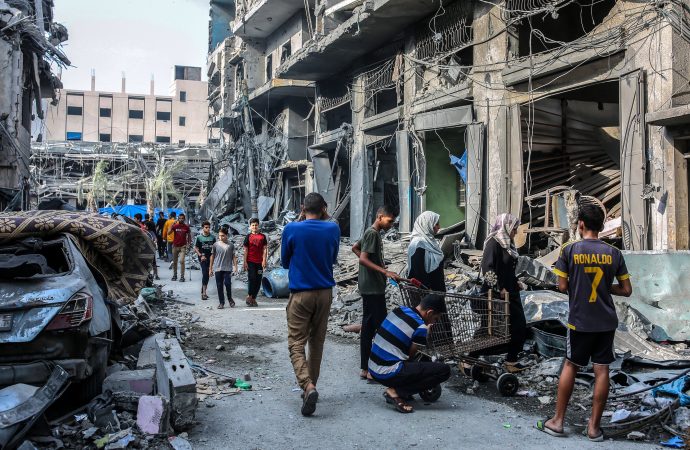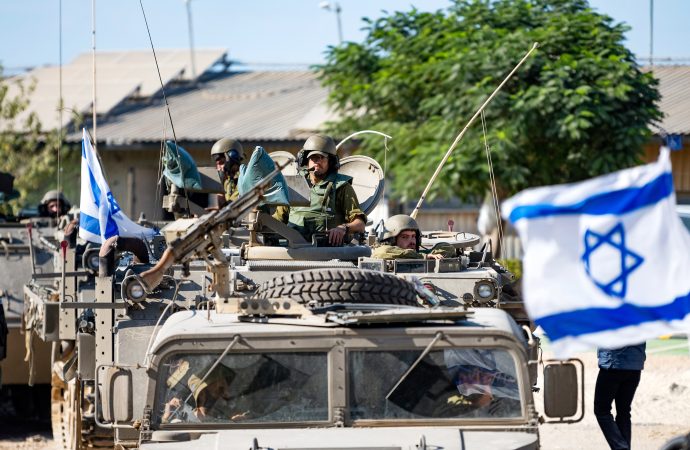Introduction Israel’s ongoing struggle to counter the threat posed by Hamas has raised questions about the feasibility of completely eradicating the organization. As tensions persist, it becomes increasingly evident that destroying Hamas is a complex and challenging task. In this article, we explore the factors that contribute to the difficulties Israel faces in dealing with
Introduction
Israel’s ongoing struggle to counter the threat posed by Hamas has raised questions about the feasibility of completely eradicating the organization. As tensions persist, it becomes increasingly evident that destroying Hamas is a complex and challenging task. In this article, we explore the factors that contribute to the difficulties Israel faces in dealing with Hamas and shed light on the limitations of its efforts.
The Nature of Hamas
-
Popular Support: Hamas enjoys a significant level of support among certain segments of the Palestinian population, making it difficult for Israel to completely eliminate the organization. Its social and political influence, coupled with its ability to provide essential services, contributes to its resilience.
-
Underground Infrastructure: Hamas has developed an extensive network of tunnels and underground facilities, which serve as hideouts, weapon storage, and command centers. These hidden structures make it challenging for Israel to locate and neutralize key Hamas operatives.
-
Asymmetric Warfare: Hamas employs asymmetric warfare tactics, including guerrilla warfare and the use of rockets and other projectiles. This strategy allows them to inflict damage on Israeli targets while operating from within densely populated civilian areas, making military operations more complex and increasing the risk of civilian casualties.

Image by: https://cloud front .net
International and Political Considerations
-
Regional Dynamics: The Israeli-Palestinian conflict is deeply intertwined with regional dynamics, making it challenging for Israel to take unilateral action against Hamas. Factors such as regional alliances, diplomatic considerations, and the potential for escalation further complicate the situation.
-
International Pressure: Israel faces international scrutiny and pressure to exercise restraint in its actions against Hamas. Concerns about civilian casualties and human rights violations limit Israel’s options and influence its approach to dealing with the organization.
-
Political Complexity: The Israeli political landscape is diverse, with differing opinions on how to handle Hamas. This diversity of perspectives can impact decision-making processes and the implementation of strategies to counter the organization effectively.
Conclusion
While Israel continues its efforts to address the threat posed by Hamas, it is crucial to recognize the challenges it faces in completely neutralizing the organization. The complexities surrounding Hamas’ popular support, underground infrastructure, and asymmetric warfare tactics make it difficult to eradicate the group entirely. Additionally, international and political considerations further complicate the situation. Understanding these limitations provides valuable insights into the complexities of the Israeli-Palestinian conflict and the ongoing efforts to achieve stability in the region.





















Leave a Comment
Your email address will not be published. Required fields are marked with *